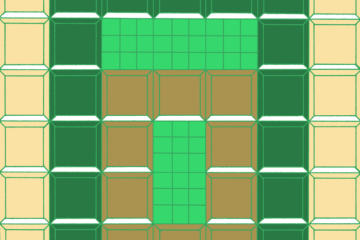1939 – The End of Deco?
The three American shows that minted deco American-style were far behind the European tide. It took almost a whole decade for the US to start showing deco exhibitions, following the now infamous 1925 Exposition Internationale des Arts Décoratifs et Industriels Modernes in Paris.
Beginning in 1933, with Chicago’s Century of Progress Exposition, the US frenzy for deco in the home grew ten-fold. The huge success of ‘Century of Progress’ inspired investors to plan the next two shows, both commencing six years later—in 1939. That pivotal year 1939, the year of iconic movies such as Gone With the Wind, The Wizard of Oz, Mr. Smith Goes to Washington, The Women, etc, was a style hey-day, despite the outbreak of World War II in Europe. In that same year, both San Francisco and New York blasted the world with the combined work of the art deco greats.
All the best, established artists were there–from Bel Geddes on—but, I think, the most interesting thing about the expositions is that alongside sponsored, successful artists there were artists from all walks of life—the down-and-outers working in the WPA, the independents, and the average pottery studio mills. The Golden Gate Exposition lasted 7 months, while the World’s Fair in New York went into 1940. It’s ironic that the US should mount such stylized exhibits at the end of the deco period, for the 40’s began the era of thrift and DIY that became the standby of WWII. Materials used so prominently in art deco work to emphasize man taming their forms became too valuable for ornament and decoration. Solid forms became transient ones, with cloth becoming one of the most useful design elements in the modern American lifestyle.

